Walking into a grocery store can feel straightforward, but behind those shelves lies a world specifically designed to get you to spend more. From the moment you step through those automatic doors, every aspect aims to keep you shopping longer and filling your cart with items you might not have planned to purchase.
Learning about these common tricks can help you navigate the aisles smartly and save money. Being aware of these strategies ensures you're prepared to stick to your list and budget. You'll leave the store feeling empowered and in control of what you buy, instead of being influenced by clever retail tactics.
1. Placing snacks near the checkout to encourage impulse buys
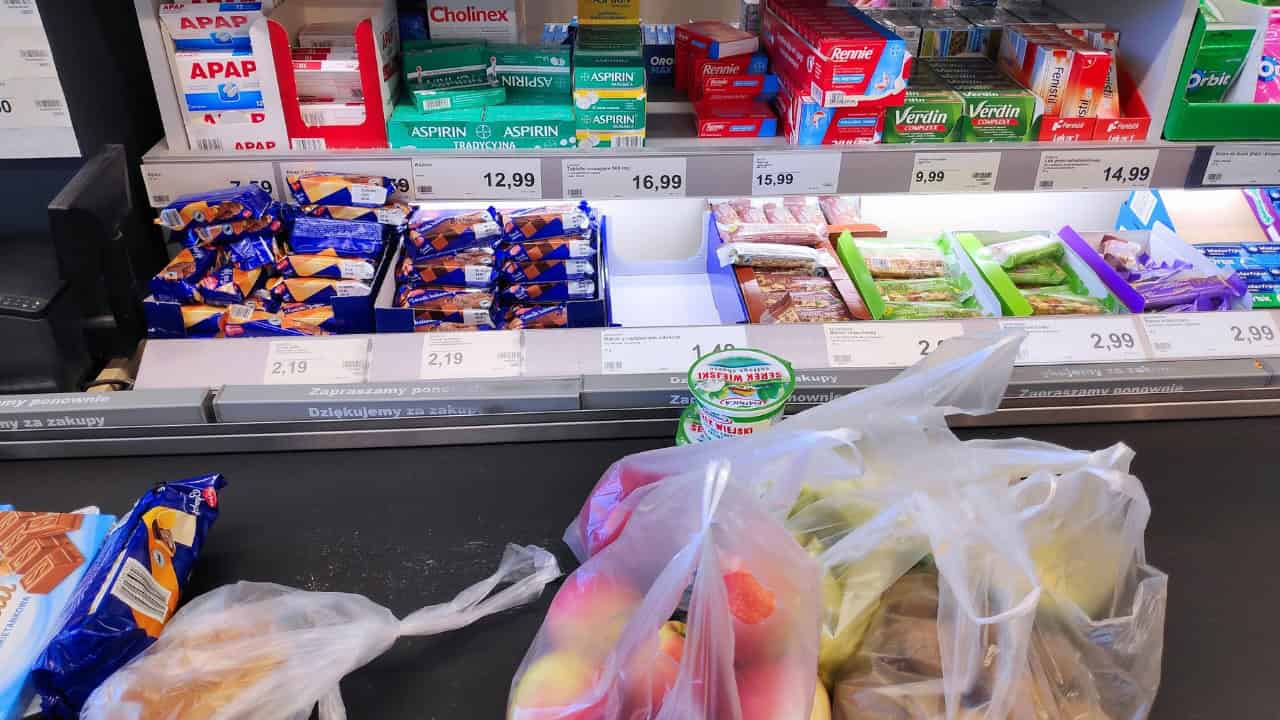
When you're waiting in line at the grocery store, it's hard to miss the wall of candy, gum, and grab-and-go snacks. That placement is strategic. The checkout lane is where shoppers pause, and quick treats feel like low-stakes add-ons.
You are already in a buying mindset, and the colorful wrappers and small sizes make items feel like harmless rewards. Those last-minute toss-ins add up over a month. Keep your list in hand and focus forward to avoid the impulse.
2. Displaying sale signs even when items aren't discounted
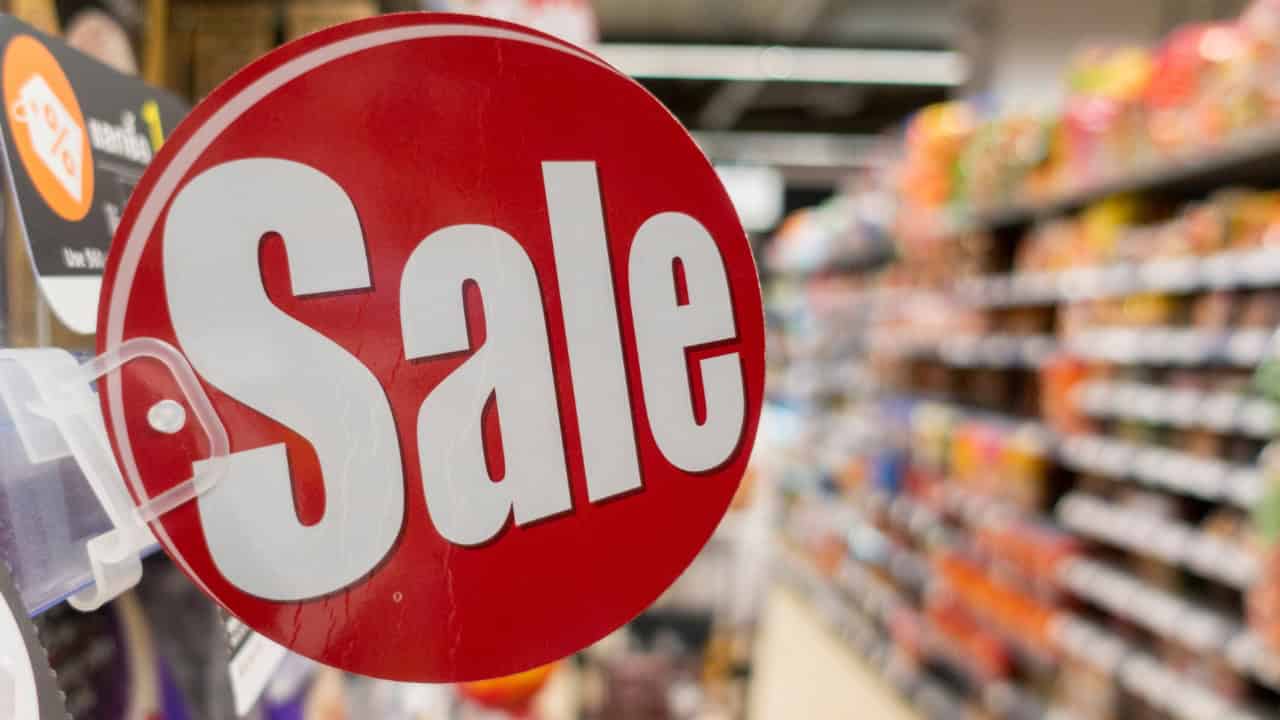
Big, bright sale tags grab attention, but sometimes the shelf price has not changed. The visual cue alone can create a sense of urgency and value, nudging you to buy.
Check the unit price and compare it with the regular tag or your store app before adding it to your cart. A 30-second price check protects your budget from “fake deals.”
3. Grouping complementary products together for extra purchases

Stores often place “pairs” side by side to raise your total spend. Pasta next to sauce, chips beside salsa, cookies near milk. It is convenient and it also prompts unplanned adds.
This works because your brain completes the meal. Before grabbing the companion item, ask if it is on your list or already in your pantry. Let your plan, not the pairing, drive the purchase.
4. Using larger carts to make shoppers feel like they need to fill them

Bigger carts create the illusion that you have not bought much yet. That empty space subtly encourages extra items and upgrades.
If you only need a few things, use a hand basket or a smaller cart. A smaller container helps you stick to essentials and avoid “just in case” buys.
5. Offering free samples to tempt buyers into unplanned purchases

Sample stations spark cravings and curiosity. A tasty bite, a pleasant aroma, and a limited-time coupon can turn a passerby into a buyer.
Enjoy the sample, then pause. If it was not on your list and does not fit your budget, leave it off. If you truly loved it, snap a photo and consider it for a future trip.
6. Strategic placement of items at eye level for maximum visibility

Eye-level shelves are premium space, often reserved for higher-margin products or brands that pay for placement. Those are the first labels you see and the ones you are most likely to grab.
Scan high and low for better prices. Store brands and value options often live just above or below eye level, with similar ingredients at a lower cost.
7. Creating complicated store layouts to increase time spent inside

Direct paths are rare. Many stores use complex layouts that guide you through extra aisles, increasing exposure to eye-catching displays.
Plan your route and shop your list first. Getting in and out efficiently limits browsing triggers and protects your total.
8. Keeping essentials like milk and bread at the back of the store

Staples like milk, eggs, and bread often live in the back so you walk past more products to get them. Every extra aisle is another chance to add something unplanned.
Head straight for your must-haves, then circle back if needed. A written or phone list helps you stay focused and skip detours that add to the bill. This is a subtle way stores encourage spending more.
9. Using colorful, fresh produce at entrances to entice shoppers
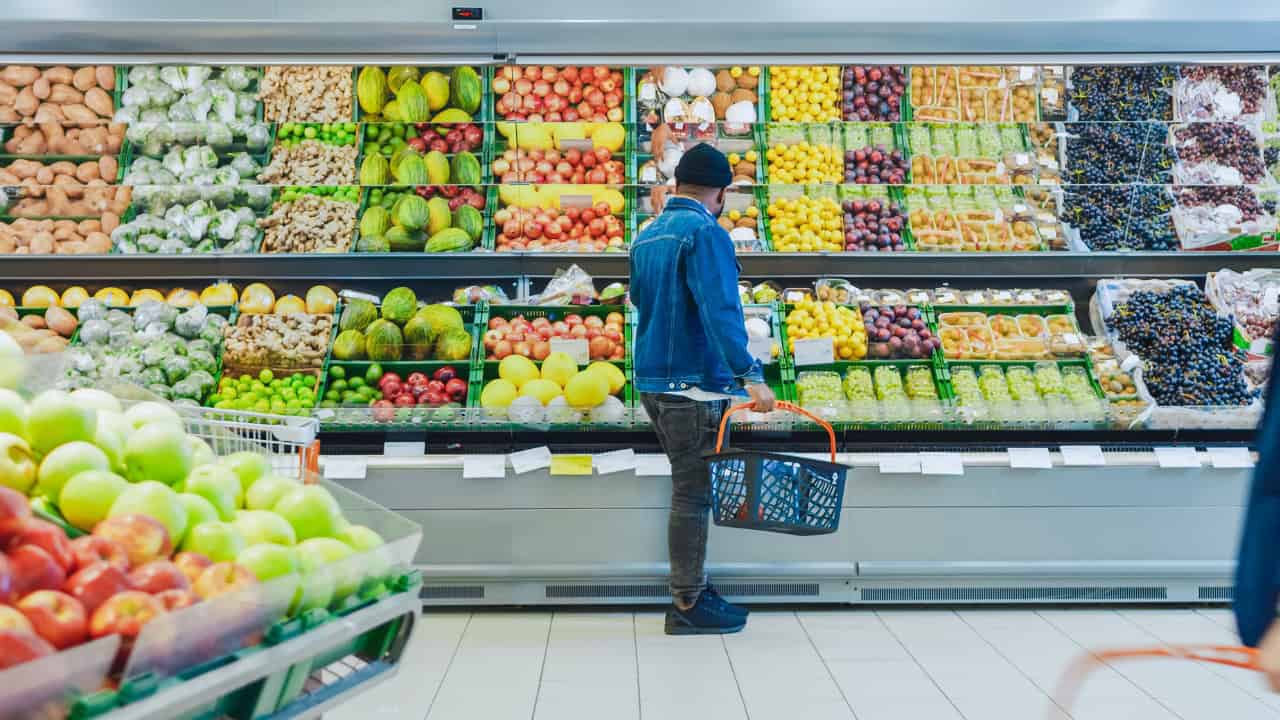
Vibrant produce at the entrance creates a feel-good start and a healthy mindset. That early win can make splurges later feel justified.
Buy produce with meals in mind rather than mood. Choose what you can use in the next few days to avoid waste and extra cost.
10. Placing cold drinks at the front for convenience and temptation

Chilled cases near the entrance invite a quick, unplanned grab. If you arrive thirsty, it is easy to add a drink before you even start shopping.
Bring a water bottle or coffee from home and skip the impulse. As AARP notes, cold drinks at the front are a classic temptation zone.
11. Playing soft music to encourage slower, potentially longer shopping
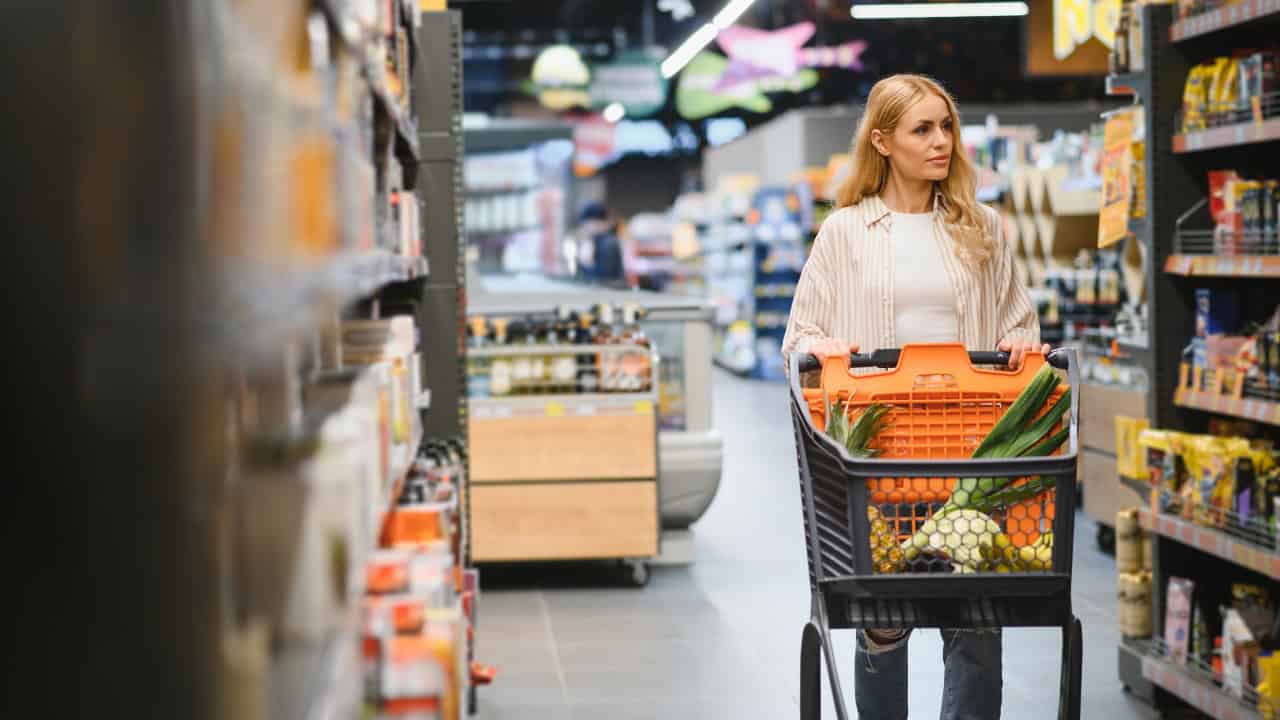
Stores often choose slow-tempo music to relax shoppers and lengthen browsing time. More time on the floor usually means more items in the cart.
Try your own upbeat playlist or set a timer to keep a steady pace. Retailers use music to shape the mood and influence buying behavior.
12. Offering multi-buy deals with minimal savings
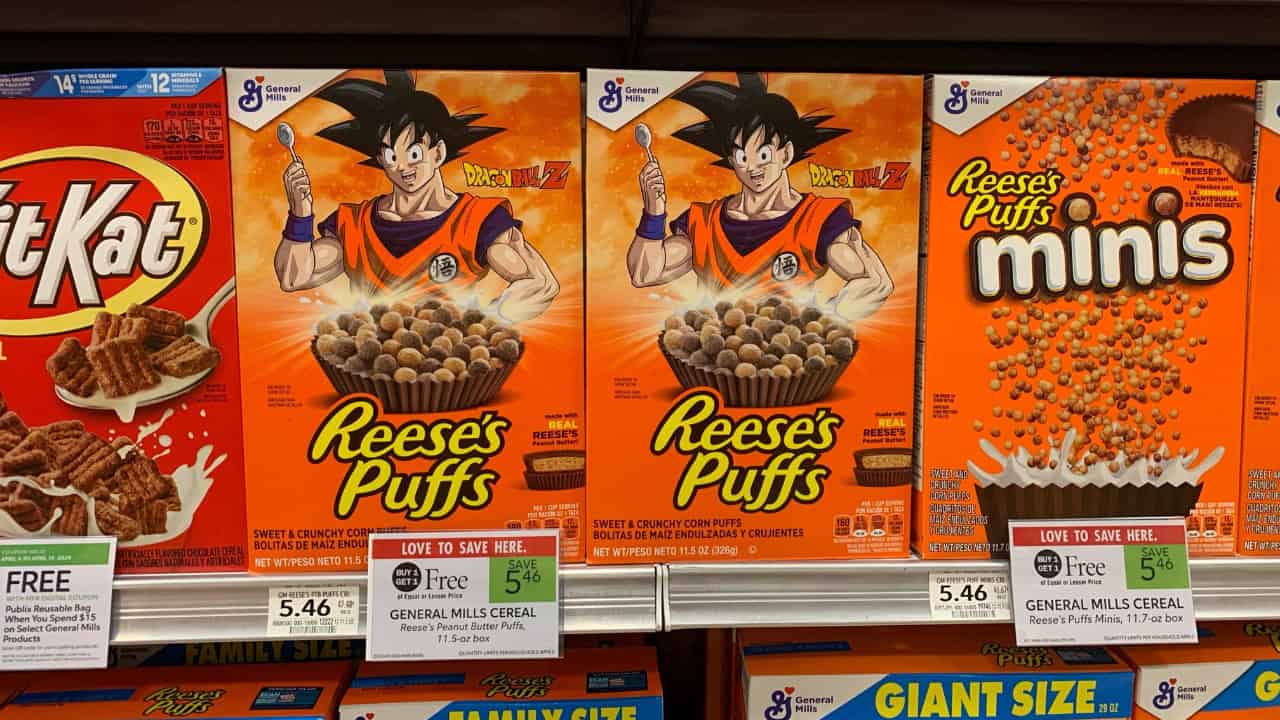
“Three for two” and “buy two, get one free” sounds like easy savings. Sometimes the per-unit price barely improves or the deal applies only to select sizes.
Check unit prices and buy what you will actually use before it expires. If the math is not clear, it may not be a bargain.
13. Displaying seasonal products prominently to capitalize on trends
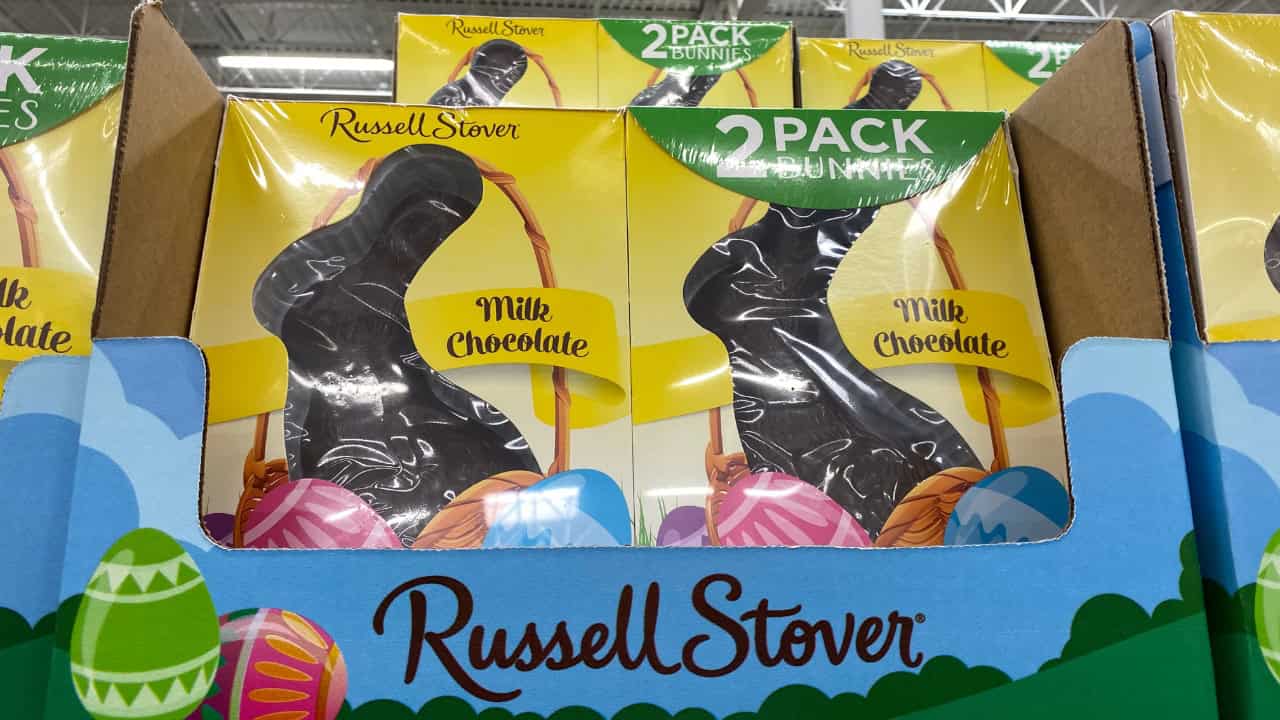
Seasonal endcaps and front-of-store displays create urgency and the fear of missing out. Limited-time flavors or holiday themes encourage quick decisions.
If it is not on your list, wait a week. Seasonal items often get marked down as the holiday approaches or ends.
14. Misting vegetables to make them look fresher and more appealing
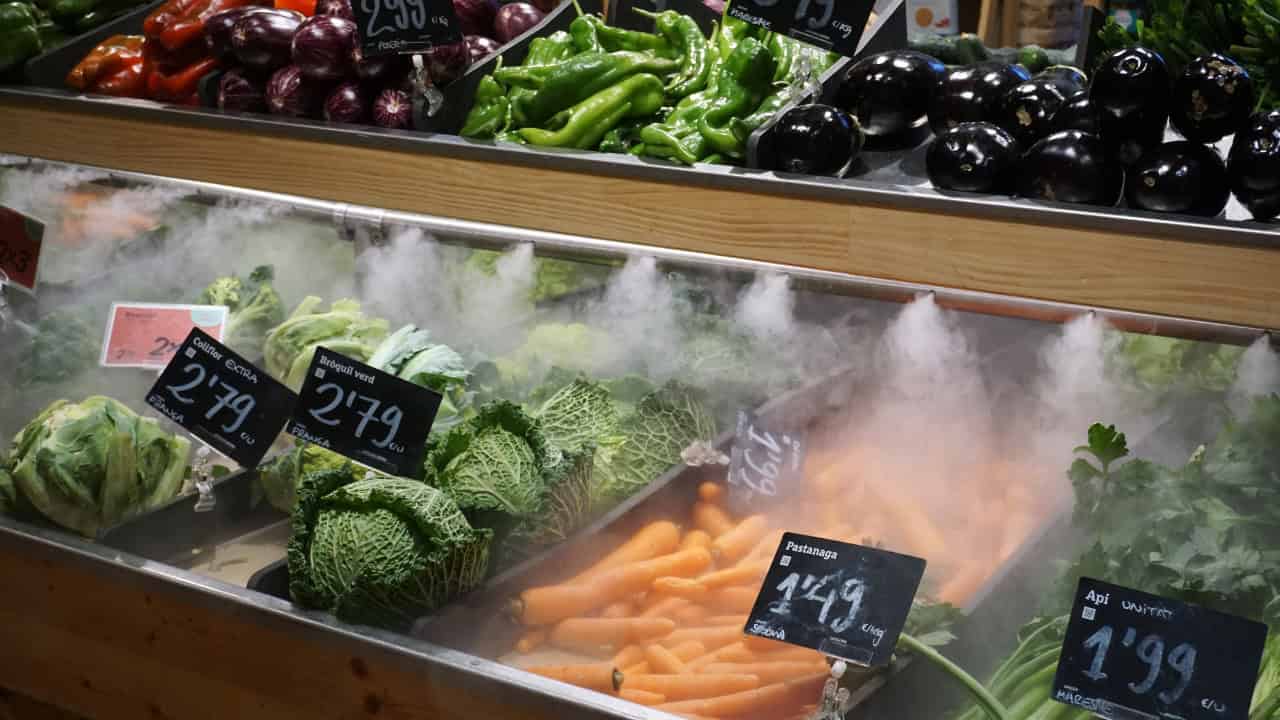
That dewy sheen on lettuce and greens comes from auto-misting systems. It boosts visual appeal and can make produce seem just harvested.
Shine is not freshness. Check for crisp edges, firm texture, and weight. As Taste of Home notes, misting is as much about merchandising as moisture.
15. Putting expensive meal deals in attractive displays

All-in-one meal bundles look convenient and budget-friendly, but the total can exceed buying components separately. The curated display sells ease and the idea of a complete solution.
Price out the parts. If the bundle truly saves money and time, great. If not, build your own “deal” with sale items and store brands.


Comments
No Comments